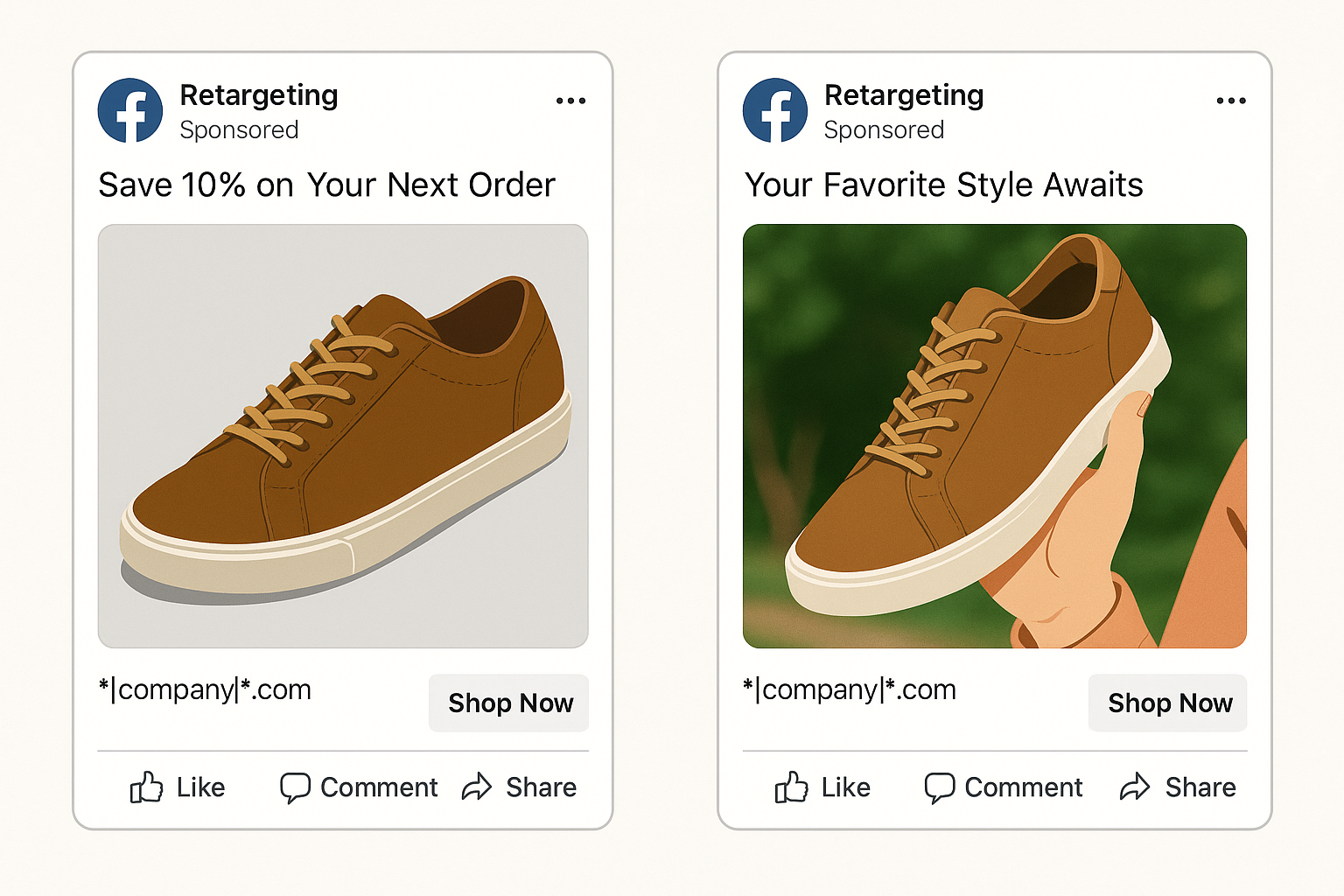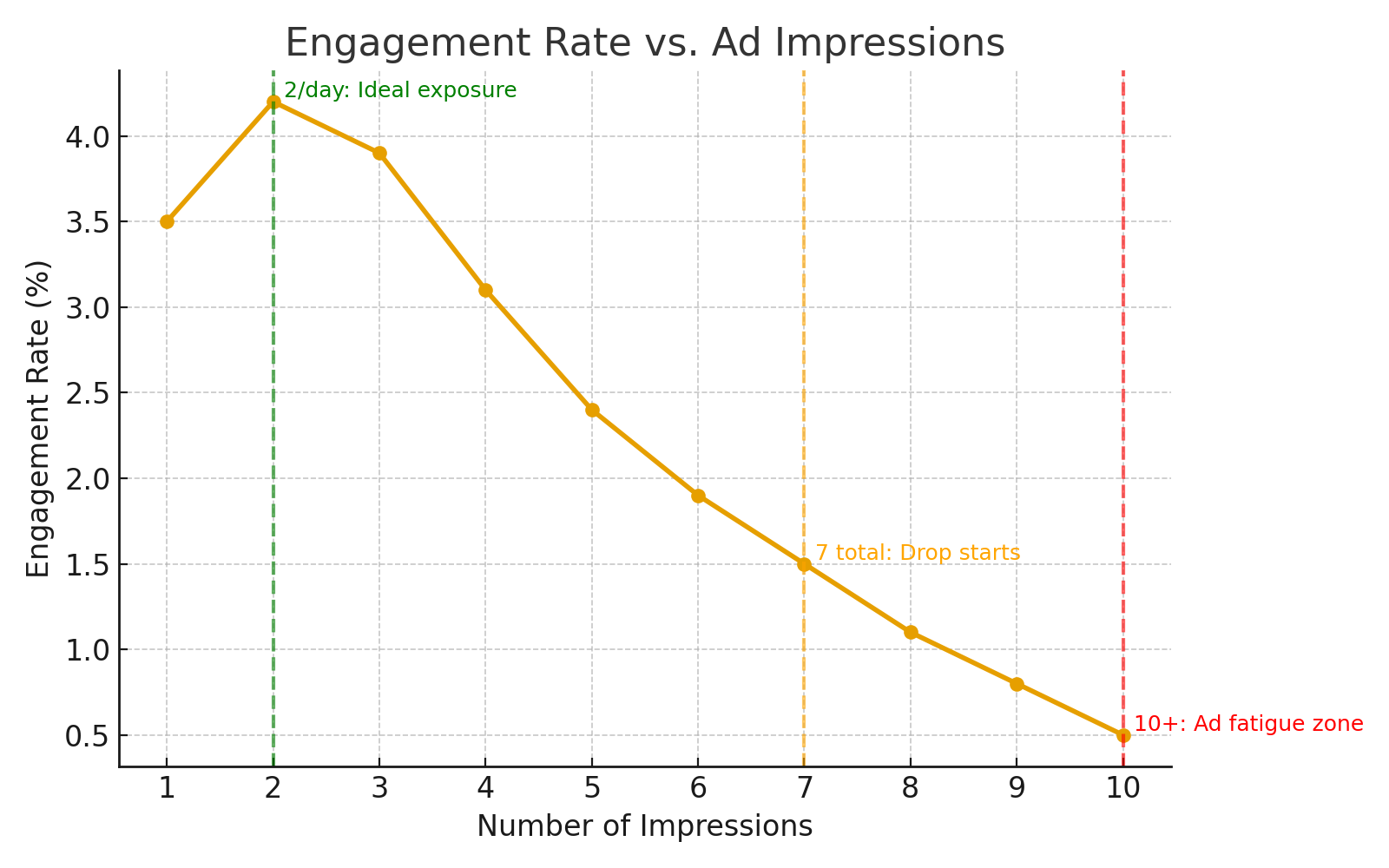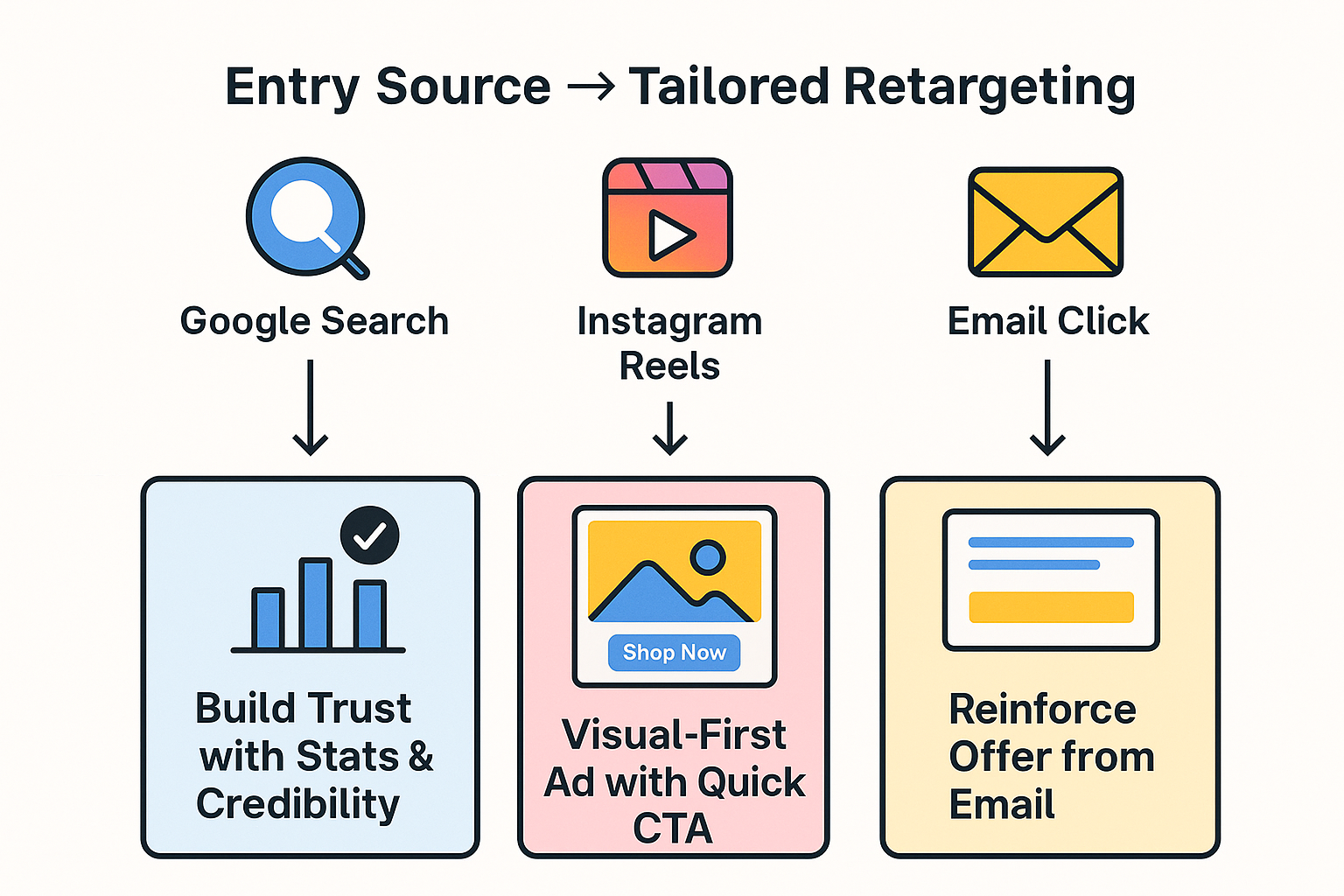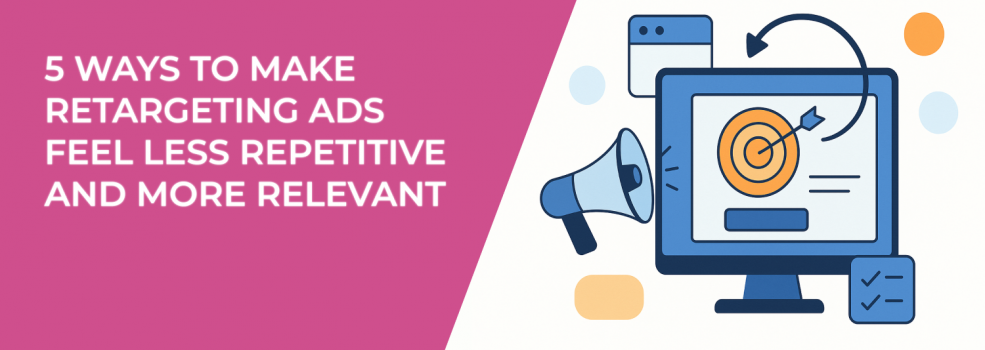Retargeting ads are supposed to work like gentle reminders. But too often, they start to feel like spammy echoes. Same message. Same product. Same creative. Again and again. Sound familiar?
Let’s be honest: most retargeting campaigns underperform because they feel stuck. And no one wants to engage with a message that looks like a broken record.
So how do you stay relevant without being repetitive? These five strategies will help you create retargeting ads people actually want to click on.
1. Rotate Creative Assets Weekly (Even If It’s Just a Little)
Ad fatigue happens fast in retargeting. When people see the same visual three or four times in a row, their brain starts ignoring it.

But here’s the good news: you don’t have to redesign your entire campaign. Try small changes first:
-
Test a different headline. A new hook or benefit can grab attention that the original version no longer does.
-
Crop your image differently. A tighter or wider crop can shift the focus and change how the creative feels.
-
Add or remove a background. A simple change in setting or color can refresh the visual without altering the core message.
-
Show a different product variant. For e-commerce brands, rotating color options or bundles can keep your offer fresh.
-
Pull a review or customer quote into the ad. Adding social proof increases trust and adds variety to the format.
These tiny updates help reset attention without adding hours of design work.
If you’re short on time, check out The Best AI Text and Image Generators — they're perfect for quick refreshes.
2. Match Messaging to Where They Dropped Off
Someone who left your homepage is not the same as someone who abandoned their cart.
Retargeting should reflect that. Instead of blasting the same product-focused message to all past visitors, adjust your creative based on where they exited:
-
Homepage viewers: Try a benefit-driven or problem-solving message. These users are often in the awareness stage and need more context.
-
Blog readers: Offer content upgrades or product education. These visitors are engaging with your content and may be receptive to nurturing.
-
Pricing page visitors: Tackle objections and highlight guarantees. They're showing buying intent and might just need a push to convert.
-
Cart abandoners: Use urgency, shipping offers, or risk-reversals. These are high-intent users who might respond to a reminder or incentive.
Need help identifying these segments? See our guide on How to Set Up Facebook Retargeting for practical steps and setup tips.
3. Use Frequency Rules to Avoid Burnout
One of the easiest ways to make retargeting feel less repetitive? Cap how often people see the ad.
Too much exposure makes people tune out. Worse, it can generate negative sentiment. Nobody wants to feel "followed" around the internet.

Set rules like:
-
Maximum of 2 impressions per day. This keeps your brand visible without becoming overbearing.
-
No more than 7 impressions total. After that point, engagement tends to drop sharply.
-
Exclude users after 10 views without engagement. If they haven’t clicked by then, it's time to stop showing the ad and protect your budget.
This is especially important if you’re running campaigns in smaller custom audiences.
4. Vary the Format, Not Just the Content
A carousel feels different from a single image. A story ad grabs attention in a way a static feed ad won’t.
Rotating your ad formats can create novelty, even if your message stays the same. For example:
-
Try video or GIF instead of static images. Movement naturally draws the eye and often performs better.
-
Use vertical formats for mobile-first placements. Vertical content is optimized for mobile screens and more engaging for on-the-go users.
-
Turn a product grid into a carousel. This format allows users to swipe through multiple items, increasing interaction.
-
Repurpose testimonials into quote graphics. User-generated content adds authenticity and boosts credibility.
Format changes help you stand out — especially when your audience is already familiar with your brand.
To learn more about when and why retargeting works better than broader strategies, see Retargeting vs. Broad Targeting: Which Strategy Drives Better Results?
5. Customize Based on Entry Source
Where did they come from originally? A person who landed on your site from a Google search has a different mindset than someone who found you through a Reels ad.

You can make your retargeting more relevant by aligning with that original touchpoint:
-
Organic search: Emphasize your USP and credibility. These users were actively looking for solutions.
-
Instagram Reels: Use a similar visual tone and keep things quick. The goal is to maintain aesthetic consistency and keep their interest.
-
Email traffic: Reference the topic or offer from the email. This creates continuity and improves click-through rates.
Want to build a seamless journey? Check out Retargeting Leads Who Didn’t Submit: Timing, Messaging, and Format.
Wrap-Up
You don’t need to be louder — just smarter. People don’t mind being reminded, but they do mind being bored.
Focus on:
-
Small but frequent creative tweaks. Keep things fresh without burning out your team.
-
Matching messages to intent. Tailor your ad copy based on user behavior and page visits.
-
Varying ad formats and entry-point context. New visuals and contextually aligned messaging drive better results.
-
Capping exposure to avoid fatigue. Protect your budget and your audience's patience.
Retargeting is still one of the highest-ROI ad strategies available. But only when it feels fresh.
Want more expert tips? Explore our full guide on Retargeting: What Marketers Need to Know in 2025 to build campaigns that feel personalized from start to finish.

